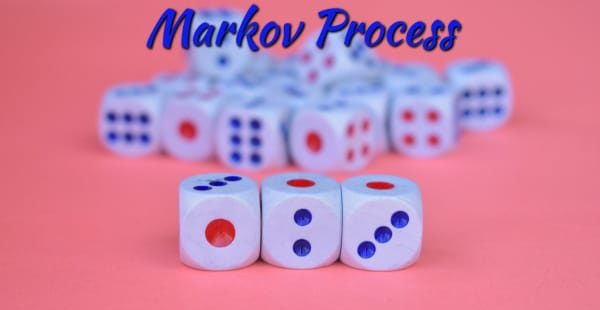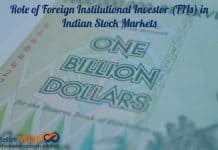A process where the future behavior is not entirely dependent on past behavior is called a Markov process.
It indicates that the future is independent of the past given the present state. Random processes like epidemics, traffic flows or economic behavior are considered Markov processes.

Must Read – Let’s not believe in predictions
Markov Process
A game of snakes and ladders or any other game whose moves are determined entirely by dice and the current state is a Markov process.
This is in contrast to card games such as blackjack, where the cards represent a ‘memory’ of the past moves.
To see the difference, consider the probability for a certain event in each of these games. In Snakes and ladders, the next state of the board does not depend on the past state but the current state and the roll of the dice. It doesn’t depend on how things got to their current state.
But in a game such as blackjack, a player stands to make gains by remembering which cards have already been shown. So the next state or round of the game is not independent of the past states. Blackjack is not a Markov process.
Mathematically, the Markov process is a sequence of events that have states with some probability and the probability of moving from one state to the next state depends on the current state and not on past states.
Read – The Biggest problem with Financial Planning
Can Markov processes be used to predict the prices of stocks?
You have to identify a variable that affects the price and add the probability to events that can be associated with the price. The events usually are – ‘Price goes up’, ‘Price goes down’ and ‘Price remains unchanged’.
Then a matrix of probability values for different events for different values of the known variable is created. Then one can compute to find the probability of what will happen in the price movement.

Check – Keep away from too much NEWS
A Markov process variation called Hidden Markov process can also be applied to movements in share prices and Mutual Fund NAVs.
Many white papers have concluded that in different stock exchanges in the world, the Hidden Markov model can be used to predict stock prices… This model is an extension of the Markov process that concludes that given the probability of the value of certain economic indicators and the current price of a stock, the next value of the stock can be determined. It is not necessary to use older values.
Check-What are alternative investment funds (AIFs)
For example, to find the stock prices of the future, identify the economic variables that may affect the stock price the most – Examples can be Index value, Inflation, Volatility Index and Average Production Figures. Identify the expected values of these. Look at historical data, to check the performance of the stocks when the values have been similar. You can find the probability of how a stock will do in similar circumstances.
Studies show that stock price movements are not random but follow a pattern and this can be found using Markov models.
It is not easy to predict the stock market movements. Mathematical models give a higher probability of correct predictions. But they can go wrong. It is important to be careful while investing in equity-based assets and follow proper research and analysis.
This post is written by Vidya.
I know it’s a complex topic – feel free to share your views & questions in the comment section.























